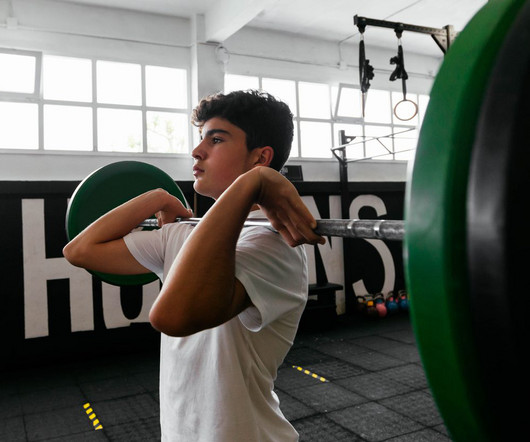Sleep Lesson Plans For Students
PLT4M
DECEMBER 14, 2023
By addressing sleep education within the context of physical education and health, students not only learn about the physiological benefits of sleep but also understand its relevance to their athletic performance, mood regulation, and overall lifestyle. Sleep contributes to improved reaction times, faster recovery, and enhanced endurance.











Let's personalize your content